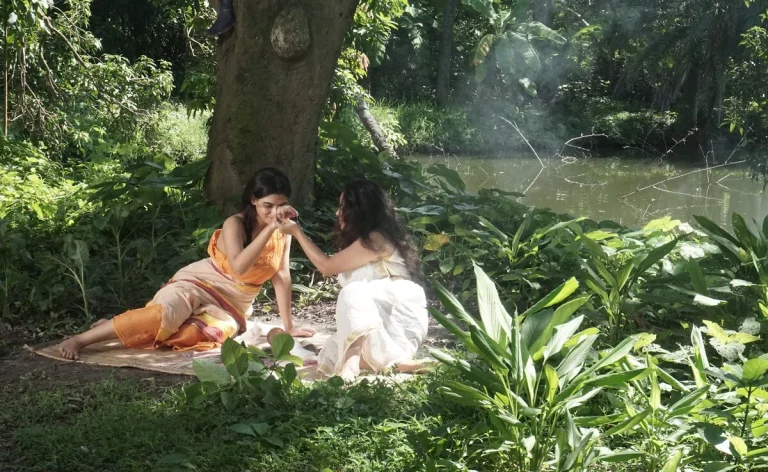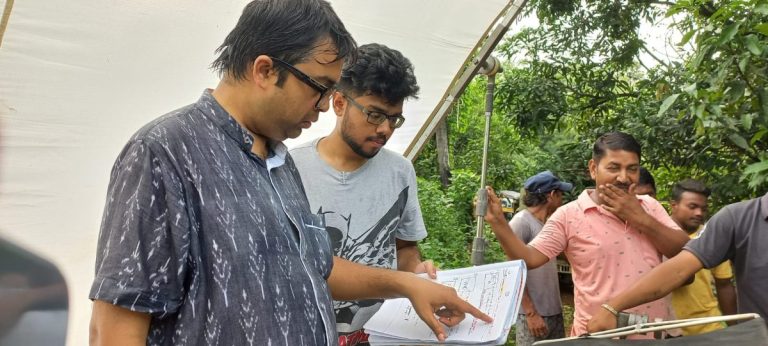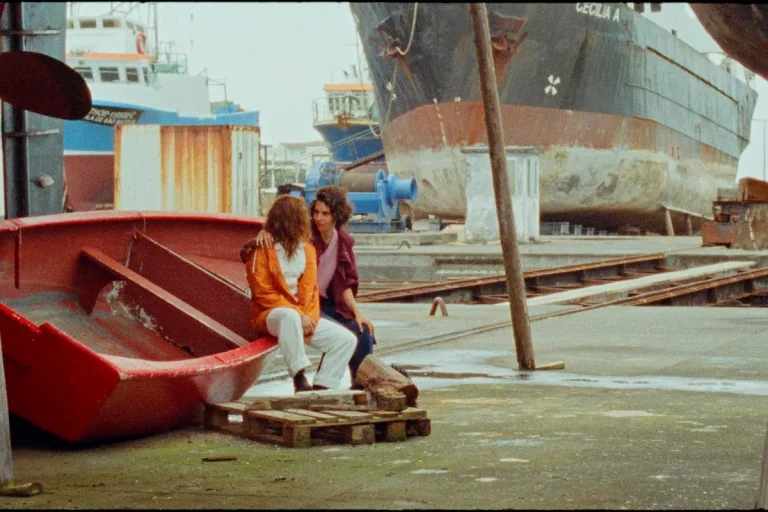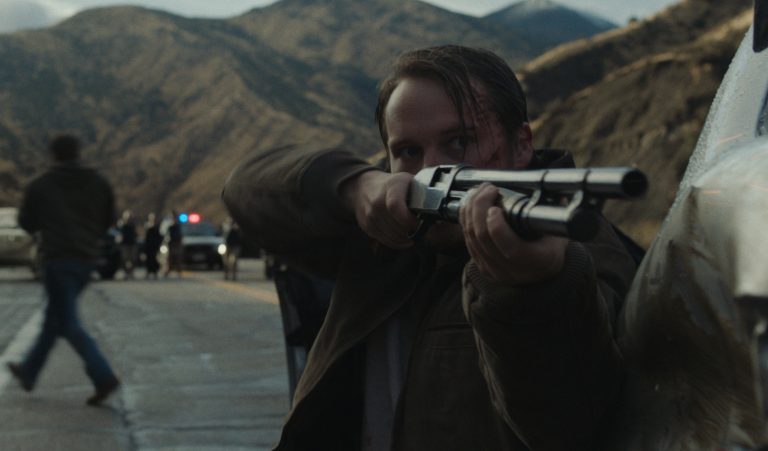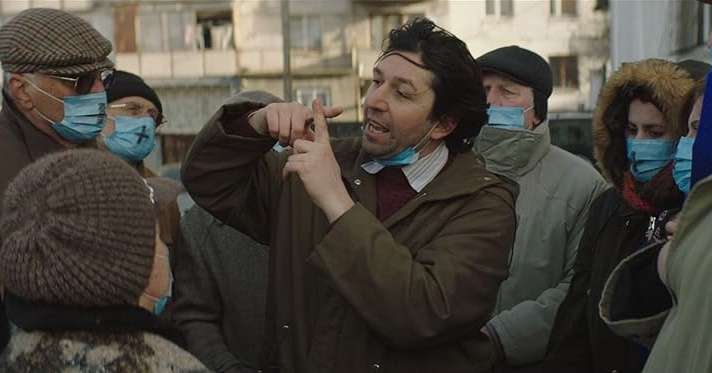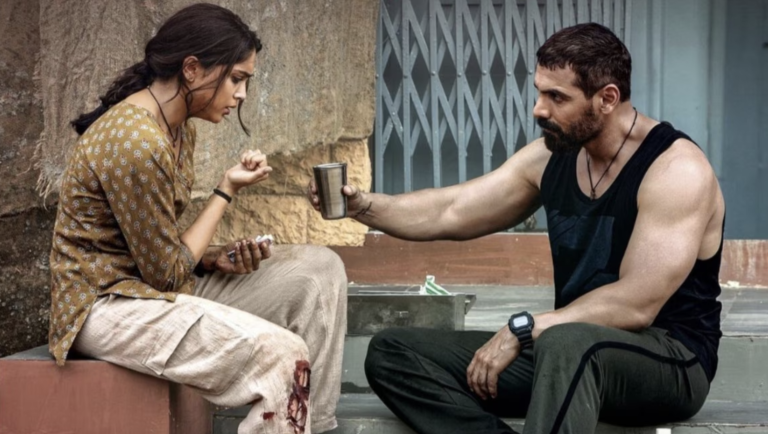Argentine filmmaker Lisandro Alonso’s new film, “Eureka,” is one of the most mysterious, formally mischievous films of the year. Split into three seemingly disparate sections that connect occasionally through surreal flights, the film is an original, moody, and dense dissection of native lives and their representation across eras and geographies.
The film opened recently in the US. We at High On Films caught up with Lisandro Alonso over a Zoom chat about the film. Edited excerpts from the conversation:
Debanjan: You have said you often start with being drawn to certain places where you’d like to shoot and after that of course certain connecting links or bridging elements you try and conceive. How important do you feel this idea of sheer discovery and being absolutely open to encounters and places is in filmmaking?
Lisandro Alonso: I feel places talk more than the characters themselves. In several of my previous films, chance and discovery have been central to the process. It’s important for me to travel to a place where I can create something, take notes, and observe what’s happening there and the difference in the way people live from how I may have grown up. It teaches me to understand various perspectives and apply them to my own life in handling certain situations where I may need to empathize with other points of view.
Debanjan: I’m also interested in the metamorphosis of ideas as they travel a considerable span of time. You’ve been working on this for more than eight years. When you sit with a bunch of evolving ideas for such a long period of time and you grow and change as a person, and artist, are there a lot of differences in the way between starting on the project and the final shape of the form?
Lisandro Alonso: It has been almost ten years between Jauja and this film. After Jauja, I took two different fellowships, one in New York and the other in Boston. I wanted to shoot something in America. I began thinking of South Dakota once Viggo Mortensen directed me to the Pine Ridge reservation. It is the biggest co-production film in my career, with five countries involved. I had a lot of problems, personal and family issues. We were stopped thrice during the pandemic in every country we tried to shoot. There were several protocol issues. Sixteen-day shoots got dragged into two months. At one point, the DP collapsed because of the extreme cold. We had some people who were supposed to be traveling from Brazil to Mexico who got stopped by customs officers. Since it was the pandemic, travel became even wilder to sort out.
I knew the film would be a pain in the ass, but it became far tougher. Since I work with non-professionals, it is a demanding investment of time and energy. You have to travel a lot of times before the shoot, talk at length, and establish a circle of trust. The film is also in several Native languages besides English. As someone coming from South America, it wasn’t easy for me to develop a level of trust.
Debanjan: About the writing process, obviously you’ve worked with Fabian Casas before but Martin Caamano is someone new. Him being a novelist and not exactly linked to the discipline of cinema, what did his coming in bring to the film?
Lisandro Alonso: It was Fabian who suggested Martin could bring in new ideas to the writing process. Fabian has to organize his own time during the shoot so as to sustain himself. He is a poet who doesn’t have the structure of a script. Martin, being a novelist, was better at putting a grip on the day-to-day intricacies of shooting. I don’t even like scriptwriting. It is a complication. I don’t enjoy it. I use a script only as a guide for my team and sorting out logistics and daily schedules. But we can reorganize the ideas proposed in the script. We just need to know the main elements of what we’d be handling.
Debanjan: Does the script have dialogues or just scene outlines?
Lisandro Alonso: There are dialogues, yes. Especially the Pine Ridge portions, most of the dialogues were retained during filming. For the Chatino portions, it was harder. They don’t read Spanish. We explained our interests and patterns of dreams. We rearranged it in the edit.
Debanjan: Was the Western always meant to open the film?
Lisandro Alonso: Yes, the original idea was to break from the opening Western into South Dakota. I thought it’d be interesting to open with the framing of the Western, where there’s lawlessness, planting ourselves in that sensibility and realizing those films were basically entertainment. They don’t have any reflection of situations today.
Debanjan: You mentioned the film being this massive co-production between five countries. Did that ever get intrusive, having too many partners to get stuff approved?
Lisandro Alonso: Yes, especially because we shot it with a lot of foreign cultures. Every change of plan I may have needed clear organisation. That was tough to negotiate. For my next project, I want to shoot it on my farm and enjoy the joys of filming. I don’t want to worry whether I’d get permission to actualize my vision. I did have fun shooting the Western with Viggo, but that, too, is more like a one-off thing.
Debanjan: Tell me a little bit about the change in DP and how that affected the shoot…
Lisandro Alonso: Timo (Salminen) shot the Mexican and the Western sections. He did try to finish the US portion, but the weather was tortuous. He is a punkish guy. But we were shooting for fourteen hours a day, with the temperatures dropping to minus thirty at night. He was just recovering from pneumonia. We also got blocked at the casino for four days. Timo is super-fast, and he doesn’t like to speak that much. We get along very well. Once Timo couldn’t get going, we stopped for five days. We lost a lot of money.
I started calling for DPs from Argentina, Mexico, Europe, and the US. But it was close to Christmas. Everyone was busy celebrating at home, and I was really not inviting them to a beach in LA (laughs). Even if some said yes, there were customs and legalities involved. I got lucky because some Spanish folks suggested Mauro Herce. I knew his work from the Oliver Laxe films. He was a bit tough in the beginning because he is an obsessive worker. I would try to rush things.
Debanjan: You are very wary of professional actors, and so much of your work is built on a wide branching non-professional family of sorts. Tell me about your first interactions with non-professional actors, especially in this film. On the first meeting, and they are playing iterations of their own real-life selves in a way like the policewoman Alaina; are there any initial key things you try and get established?
Lisandro Alonso: Oh, I’m most comfortable with non-professional actors. I don’t have to talk about things I am not interested in. Then, I just tell them not to look at the camera and not smile too much. I don’t need an actor, I insist on them. They are a great window for me to observe and imbibe how they behave into the characters they play. I don’t tell them too many things. I choose people who reflect an intense way of living.
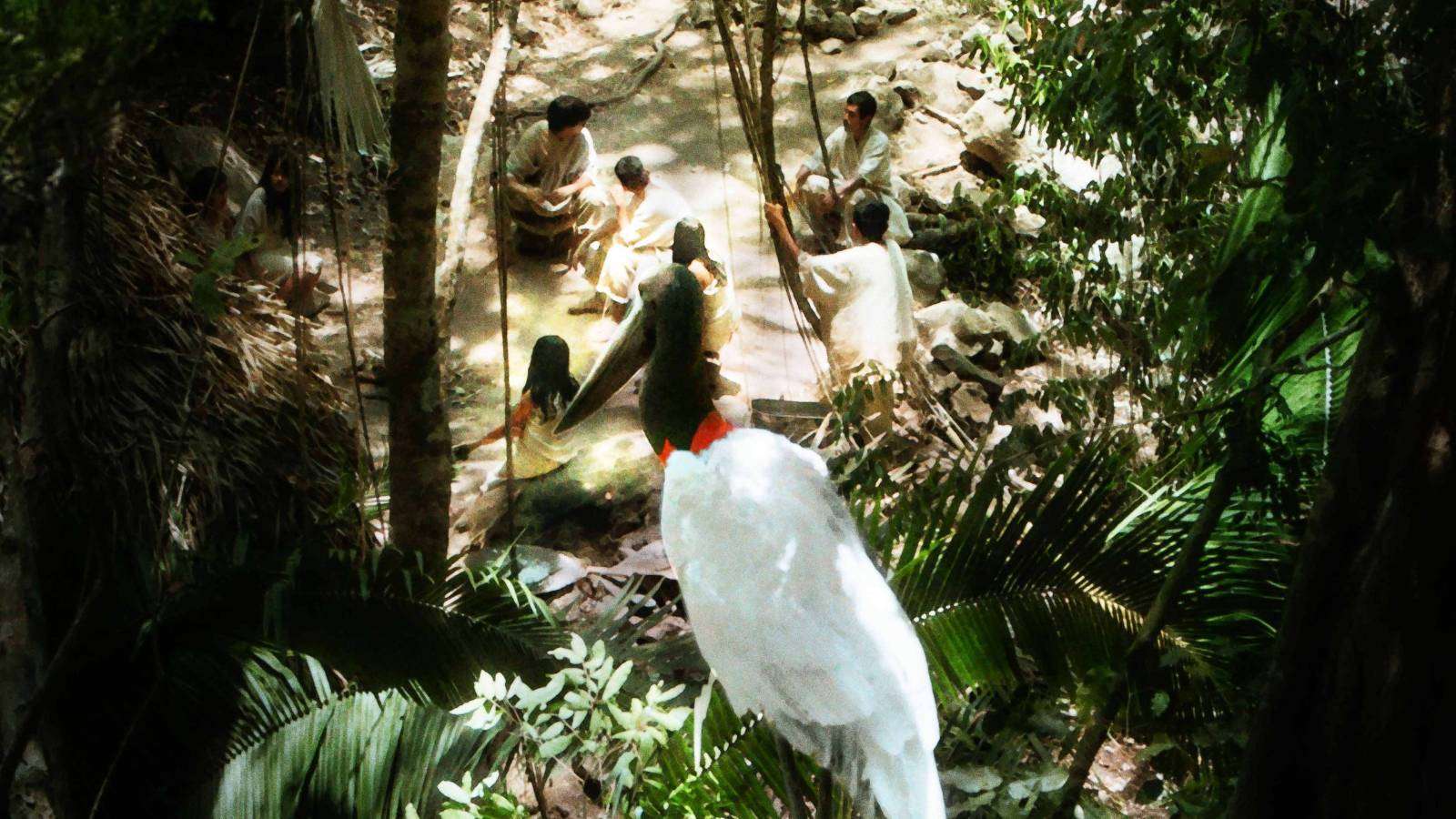
Debanjan: Tell me about how the bird in the film, acting as a metaphorical bridge between the two sections and north and south, came about in the script development and at what stage.
Lisandro Alonso:As I told you, the first thing I think about is the place I want to shoot in. Initially, the film was supposed to be shot in Brazil. I wanted to make a contrast between the US and the Amazon. In South America, we have some chances to live in the midst of nature. The US government excludes immigrants more than poor democracies like South America.
Debanjan: Do you have a particular preference for where and how your film should be viewed?
Lisandro Alonso: It depends on how you grow up. I didn’t grow up with a phone. So a laptop isn’t a choice for me to immerse myself in a film. But my kids are perfectly happy with watching stuff on their devices. I like to watch a film absolutely uninterrupted. Even today with so many viewing options, I do feel the best place to watch a film is in the cinema.
Debanjan: Is there any recent film that impressed you and you’d recommend?
Lisandro Alonso: I’m not much of a cinephile, alas. In Argentina, there are not many spaces to watch a film besides the film festivals. But I am very curious about seeing the new Miguel Gomes film, Grand Tour. I am also looking forward to the new Carlos Reygadas film. Which is a recent film that you loved?
Debanjan: Fallen Leaves, for sure!
Lisandro Alonso: Yes, he’s the one! He has created a unique world. His films may seem similar but that’s the beauty of it. I wouldn’t want him to change anything about his style. He manages to make it better every time. It’s a big achievement.
Debanjan: That’s all. Well, I hope you don’t take another ten years to make your next film.
Lisandro Alonso: No! If we are lucky, we’re going to shoot it next January. So it’ll be super soon!




